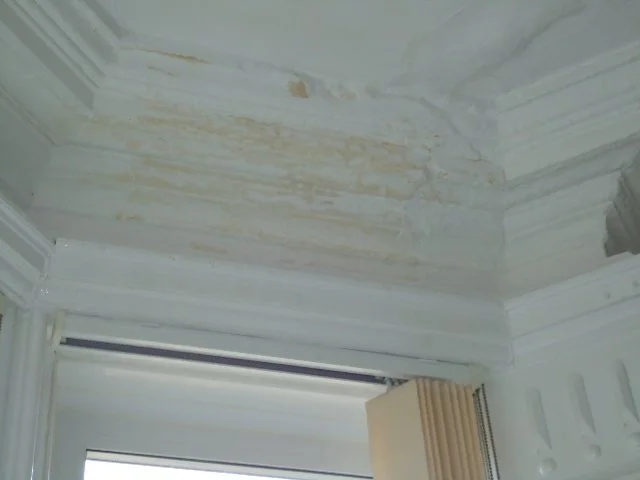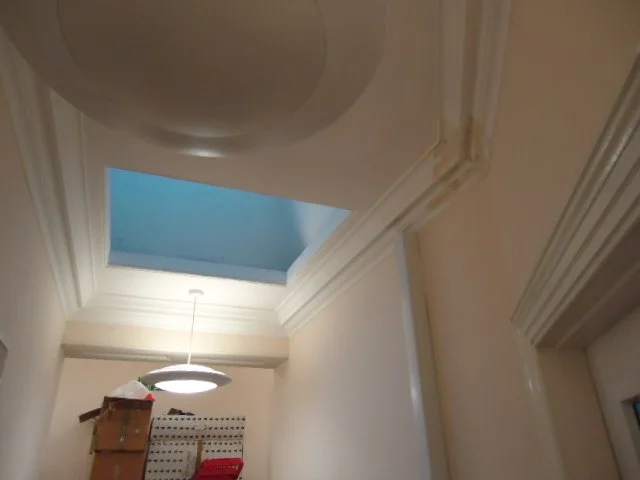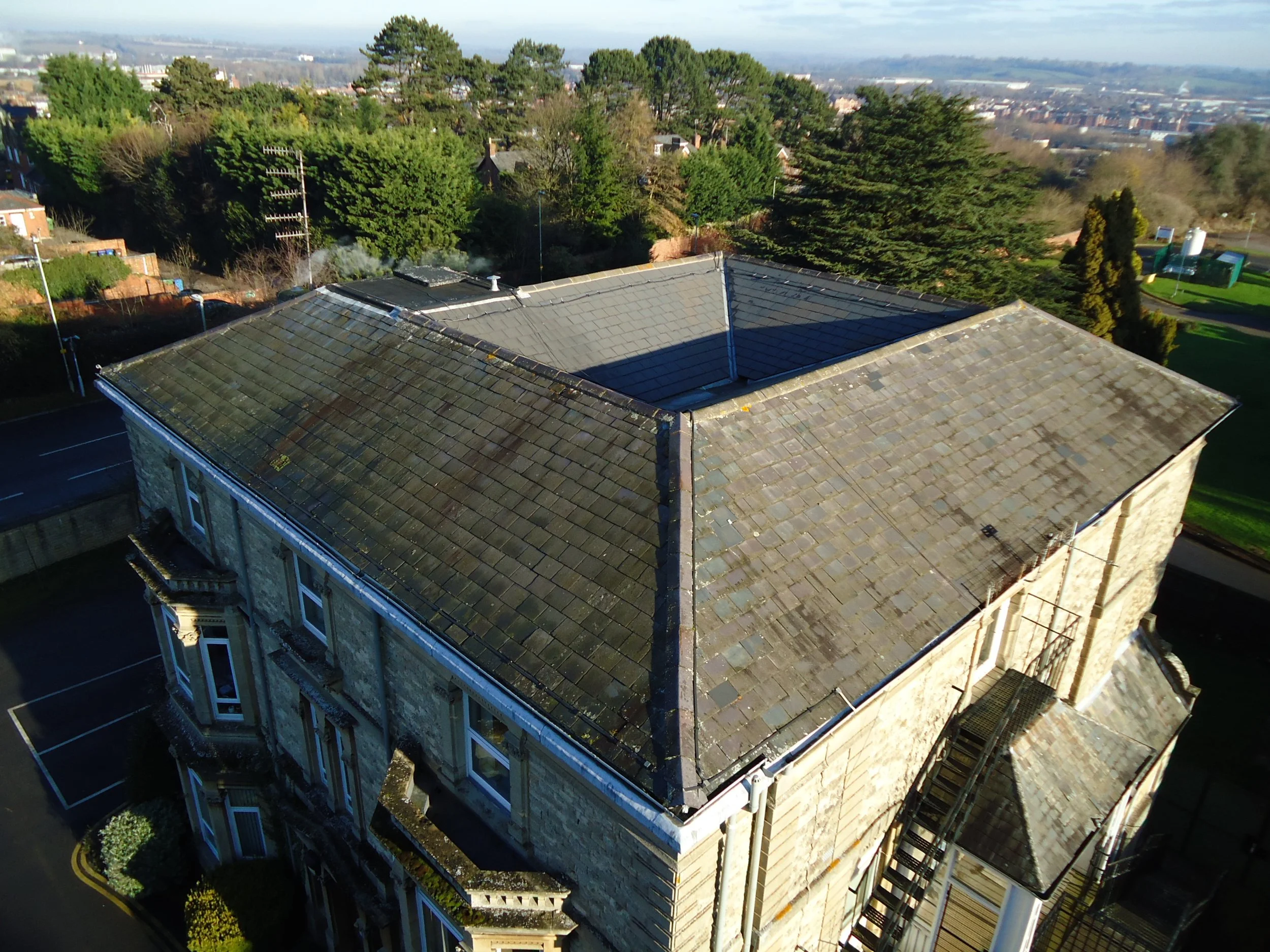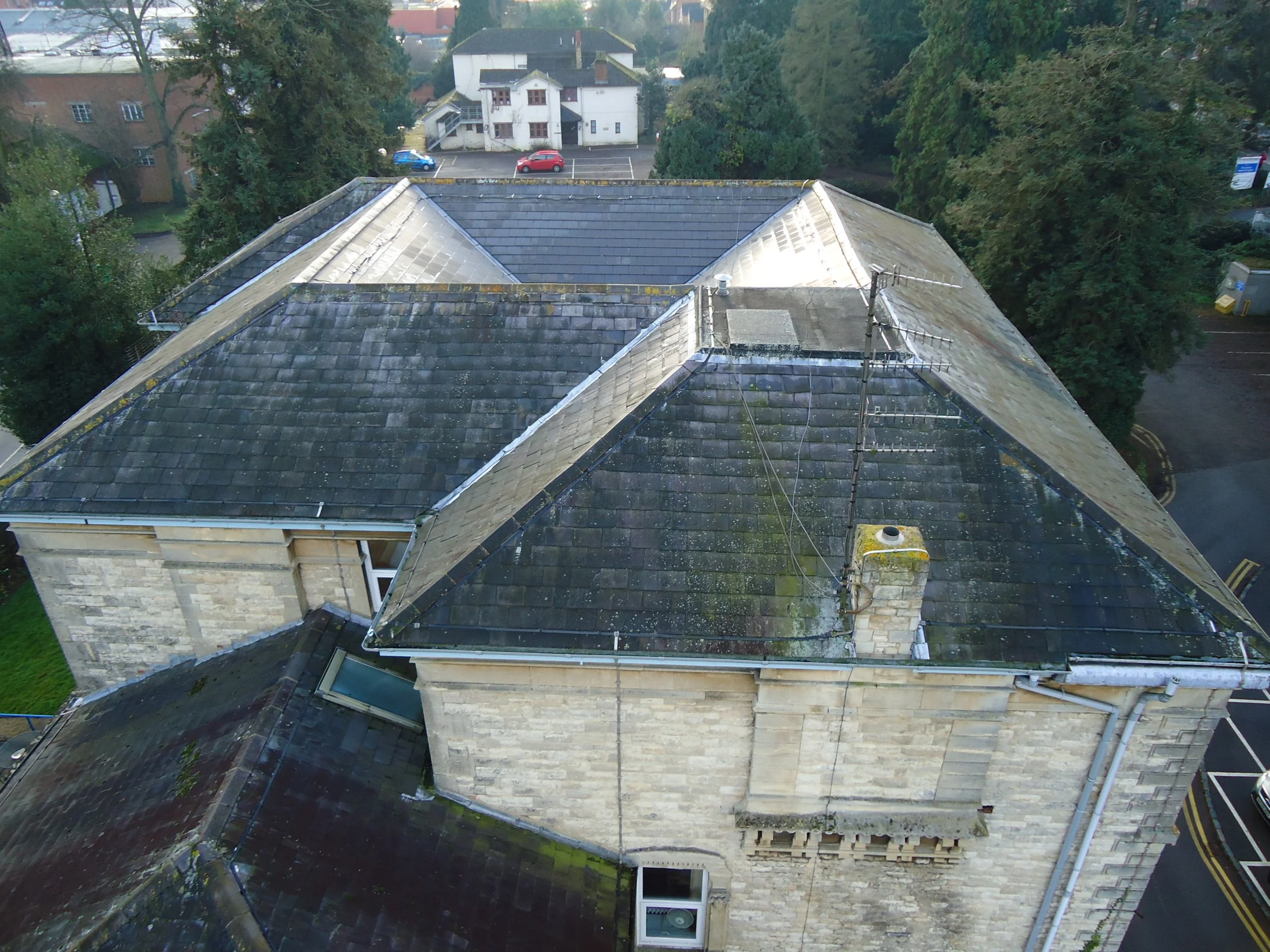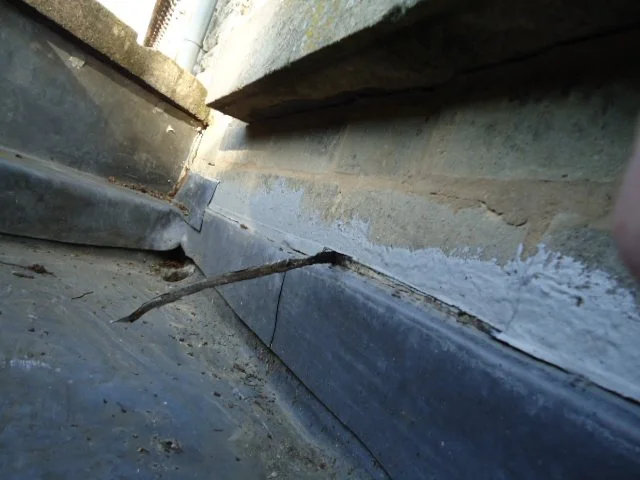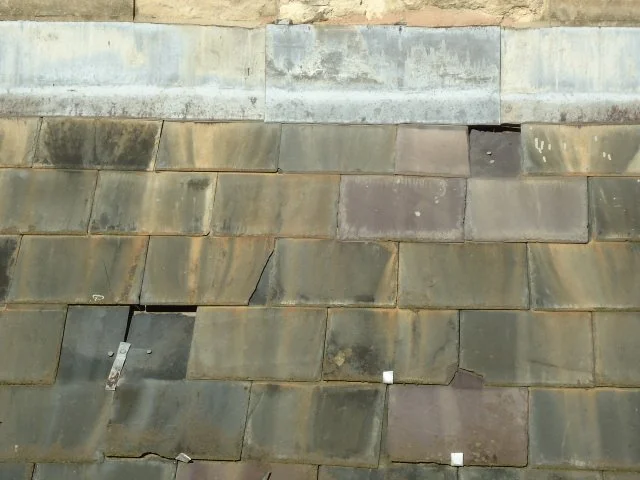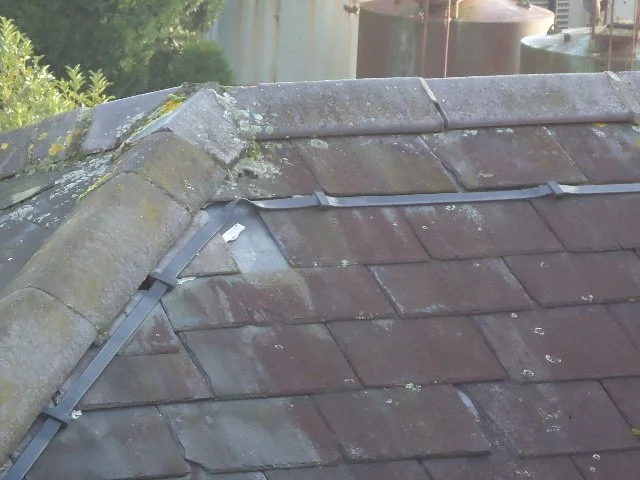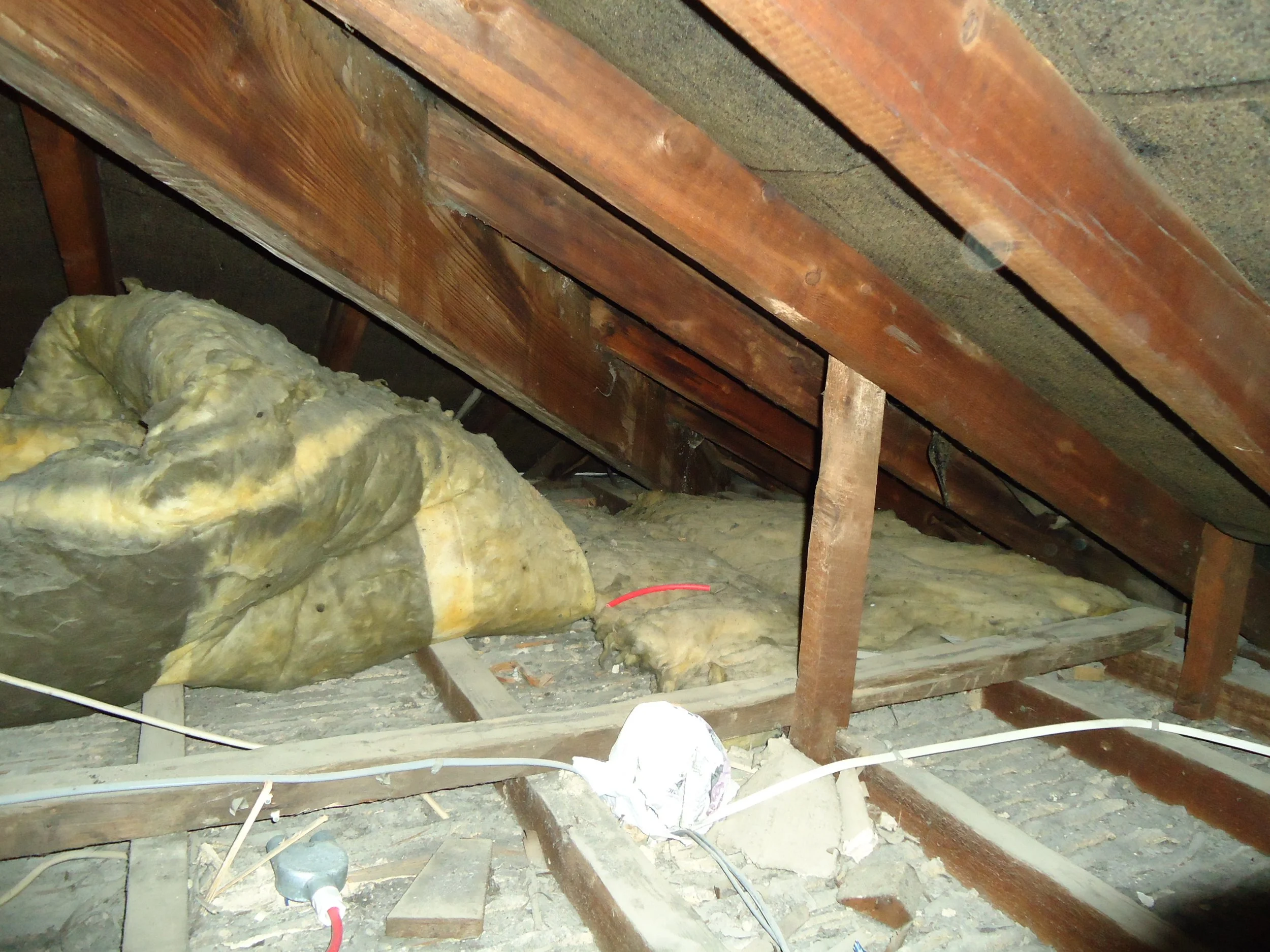Case Study: Damp Investigation & Roof Survey – The Elms Centre, Banbury, Oxfordshire
Client: Oxford Health NHS Foundation Trust
Location: Banbury, Oxfordshire
Services Provided:
Stage One – Initial Non-Invasive Damp Survey
Stage Two – Follow-Up Full Roof Survey
The Elms Centre is a historic three-storey building, built around 1863 and located within a Conservation Area.
The NHS Trust raised concerns about damp staining and water ingress affecting first-floor ceilings and areas below bay windows.
They needed a clear, evidence-based investigation to identify the root cause and plan effective remedial works, all while minimising disruption to vital healthcare services.
Background
Stage One: Initial Non-Invasive Damp Survey
Our first step was to carry out a Stage One internal survey, focusing on identifying potential sources of moisture without opening up the structure.
This included:
Careful visual inspection of internal areas showing dampness.
Moisture profiling to identify patterns of water ingress.
Reviewing the building layout and external drainage.
Outcome of Stage One:
We confirmed that roof defects were the most probable cause of the damp issues.
This gave the Trust a clear direction before committing to further investigations or remedial works.
Stage Two: Full Roof Survey with MEWP Access
Following the initial findings, the Trust instructed a comprehensive roof survey to establish the full condition of the building’s roof coverings and details.
Using a Mobile Elevated Working Platform (MEWP), we were able to:
Safely access difficult-to-reach roof areas.
Inspect multiple roof types, including pitched, flat, and bay window roofs.
Capture detailed photographic evidence.
Check internal roof voids for hidden issues such as inadequate ventilation or historic water staining.
This approach ensured no areas were missed and provided a complete picture of the roof’s condition.
The combined surveys identified several issues:
Loose and slipped natural slates across multiple roof slopes.
Poor detailing to bay window roofs, leading to localised water ingress.
Deteriorated parapet walls and coping stones, allowing moisture penetration.
Inadequate rainwater goods, increasing the risk of overflow and internal dampness.
Limited roof ventilation, increasing the risk of timber decay over time.
Key Findings
The Trust received:
Clear photographic evidence of all problem areas.
A staged repair strategy, prioritising urgent works first.
Confidence that decisions were based on independent, factual advice.
Minimal disruption to staff and patients during the survey process.
By following a structured two-stage approach, the Trust avoided unnecessary opening-up works and gained the information needed to plan maintenance proactively, preventing costly emergency repairs.
Final Outcome
For heritage and operational buildings, starting with a Stage One non-invasive damp survey provides building owners with:
A clear understanding of the root cause of damp issues.
Confidence to move forward without guesswork or unnecessary works.
A structured, step-by-step plan to resolve complex problems efficiently.
This project demonstrates how Durndell Damp Surveys delivers targeted, independent expertise to help clients protect and maintain their buildings with confidence.
Why This Matters
